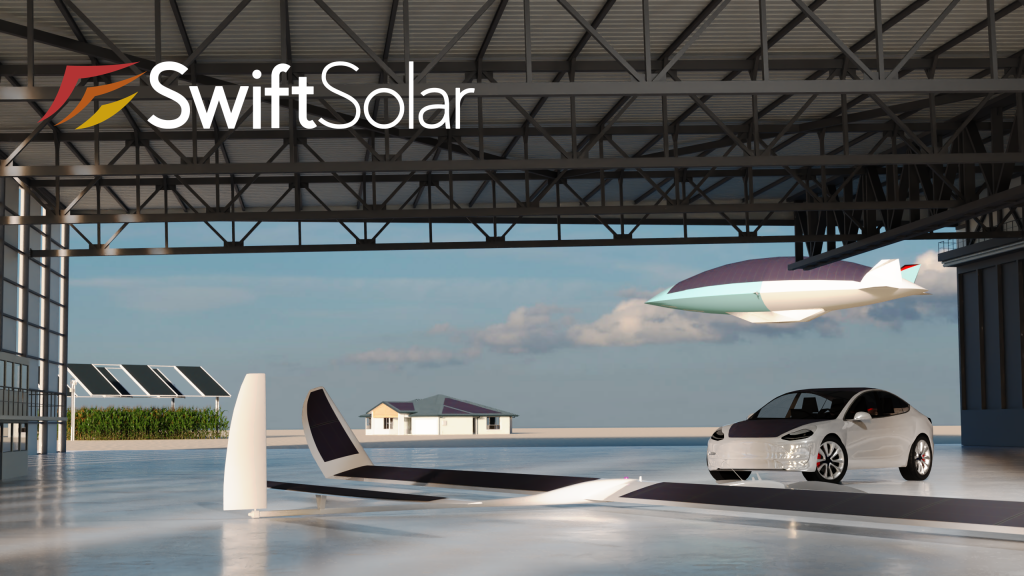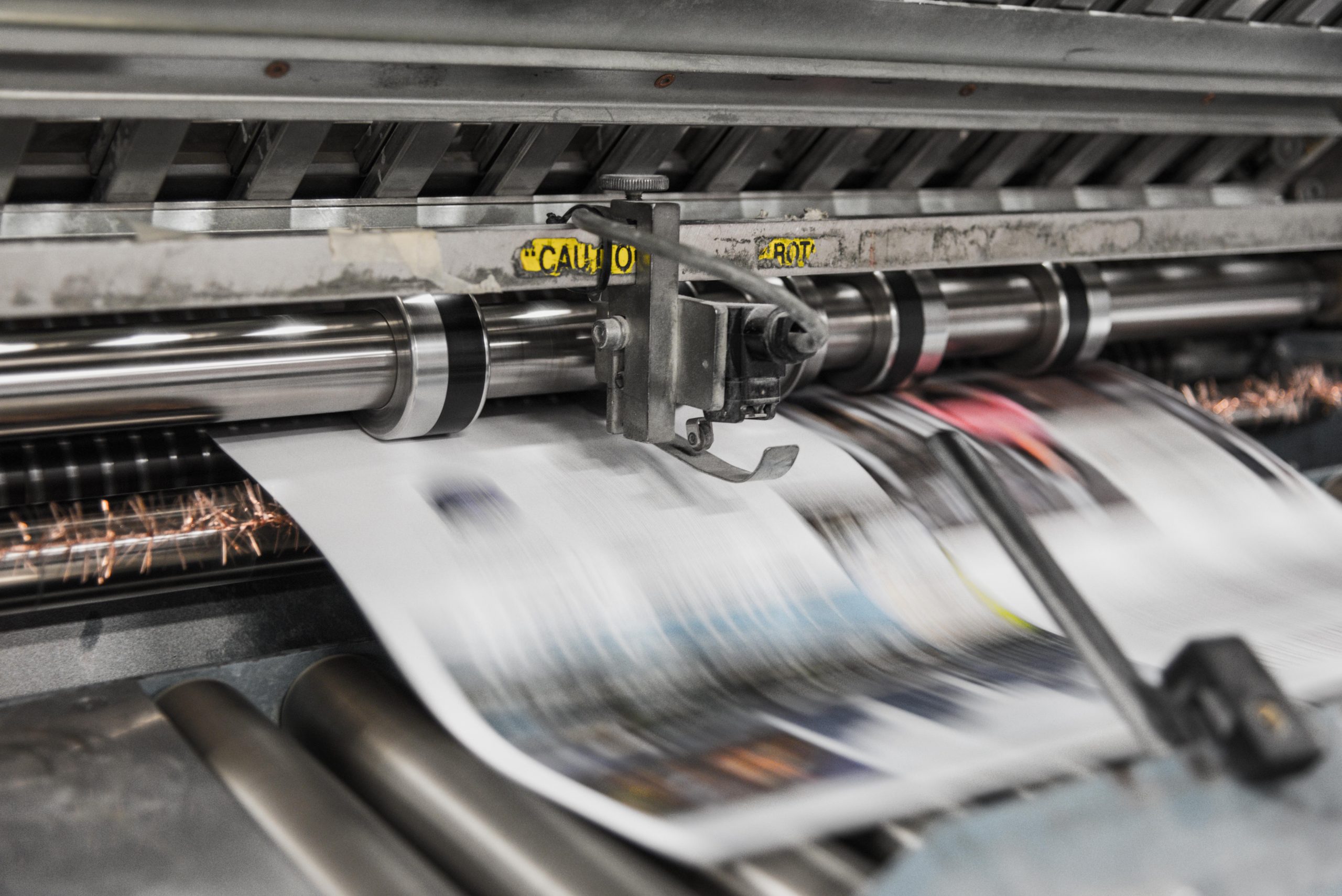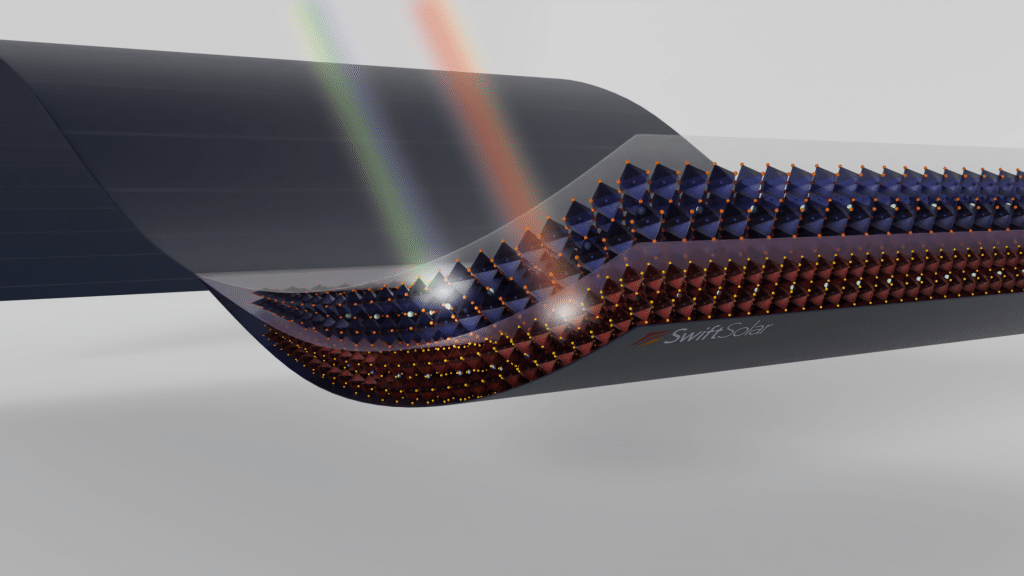
This month Swift Solar is closing a Series Seed-2 financing round, with expected new investments totaling $9.6M.
In this Seed-2 funding round, we’re excited to welcome a diverse group of investors who are leaders in their fields and—more importantly—compassionate people who share our mission.
This group includes experienced founders like our lead investor Sid Sijbrandij (CEO/co-founder of GitLab and founder of OpenBook Ventures), dedicated climate tech and deep tech investors like Good Growth Capital, Safar Partners, Climate Capital, Jack Fuchs, and Sierra Peterson, and crypto and finance experts like James Fickel (co-lead), Jonathan Lin, Grant Hummer, and Vitalik Buterin (creator of Ethereum).
Swift Solar is all about building a stronger foundation for the future of clean energy. Our new funding will help us assemble the best team to tackle one of the biggest challenges facing humanity today. There’s no time to waste.
A better solar panel
Our mission is to create a world where all energy is clean energy, and our approach is simple—build a better solar panel.
Solar photovoltaic (PV) power has gone from very expensive to very cheap in the last 40 years, dropping from ~$10/kWh in 1975—corresponding to a monthly utility bill of over $8,000 for a typical U.S. household—to less than $0.10/kWh in 2020. Today solar is the most affordable source of electricity in many parts of the world. It’s also the most equitable and abundant energy source on Earth and one of our most important tools for mitigating climate change.
But that’s not the end of the story.
The lower the cost of solar energy, the more it can contribute to the climate fight. And the most direct way to make solar energy more affordable ($/kWh) is to make solar panels more affordable, more efficient, and easier to install ($/W).
At Swift, we’re working on a new solar PV technology—metal halide perovskites—that could fundamentally outperform today’s silicon and thin-film technologies in many ways. Perovskites use lower-cost and more-abundant raw materials (and less material overall), simpler and higher-throughput manufacturing equipment, and less energy during production. They can be made on ultra-lightweight and flexible plastic substrates, enabling solar panels with unparalleled power densities (W/kg) that can be rolled up like a tarp, installed like wallpaper, and even upgraded periodically. And they enable multijunction (tandem) cell structures that could reach efficiencies of over 40%, breaking through the ~30% barrier of current technology and providing more W per $ spent on installation.
With this combination of higher efficiency, power density, and flexibility—all in an affordable package—Swift Solar is creating new opportunities for solar power. Our technology could keep drones and airships in the sky for months at a time, recharge electric cars, trucks, and buses, power homes, and even run portable irrigation pumps in rural India.
Swift’s first products are tailor-made for powering stratospheric flight. Our ultra-lightweight solar product—recently recognized by a joint R&D 100 Award with NREL—increases payload capacity and flight endurance for high-altitude pseudo-satellites (HAPS) and UAV platforms.
Looking forward 5–10 years, our perovskite tandems should be more efficient, more affordable, and more scalable than any PV product on the market. If we’re successful, Swift will ultimately provide the most affordable source of zero-carbon electricity in the world.
Solar for the next generation
To be clear, even as a founder working on a new PV technology, I believe we should be deploying silicon solar panels far and wide today. Climate change leaves no time for delay—no time to wait for a new technology.
But the climate challenge won’t be done tomorrow, and I believe that someday the baton in the solar technology race will pass from silicon to perovskites. Our goal is to allow that handoff to happen as soon as possible.
Perovskite technology represents new possibilities for the next generation. Sunlight is the most abundant power source in our solar system, and PV is the most direct way to convert light into useful energy. If this PV technology reaches its full potential, it could serve humanity for thousands of years to come—no matter what planet or space station we end up on. It makes no sense to say “good enough” and stop building today.
If you want to help build the future of solar power, I invite you to join us. We’re always looking for growth-minded people who value hard work, curiosity, and inclusiveness. You can apply to join the Swift team at swiftsolar.com/careers.
Joel Jean
CEO & Co-founder
Check out the full press release and follow our progress on LinkedIn and Twitter!





About The Author: Joel Jean
Joel is the CEO and co-founder of Swift Solar, a US company building next-generation solar technology.
More posts by Joel Jean